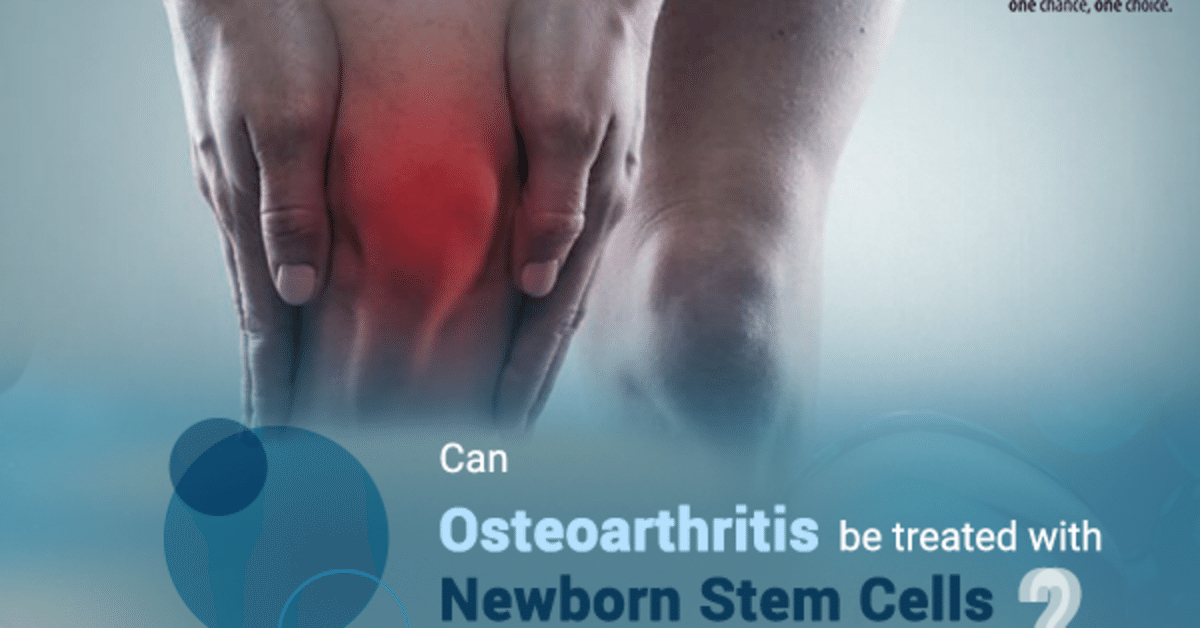
Can Osteoarthritis Be Treated with Newborn Stem Cells?
Osteoarthritis is a joint disease that occurs when cartilage in a joint has disintegrated. This usually occurs in weight-bearing joints like knees and ankles but can also occur in the hand joints due to daily activity. The cartilage typically serves as a natural cushion between the bones, thus facilitating smooth joint movement. When this weakens and thins, it causes pain and swelling, making everyday activities difficult. It's one of the most common arthritis and is hence the subject of many clinical trials, including stem cells.
Stem cells are at the center of several clinical trials due to their unique ability to differentiate in other cell types. Two current trials, one in America and the other in Australia, are the most prominent. The American trial uses several cells, including mesenchymal stem cells (MSCs), found in the umbilical cord and placenta tissue. The efficacy of the treatment will be evaluated 42 and 84 days after treatment, during which pain, symptoms, ease of daily living, and quality of life will be measured.
The Australian trial also uses mesenchymal stem cells (MSCs) to alleviate pain caused by osteoarthritis. Patients will receive the stem cells thrice over a period of a year. 24 months later, knee pain and cartilage loss will be assessed. So, while the trial aims to relieve pain, it also seeks to understand the potential of stem cells in modifying the course of the disease.
While these are the most prominent trials, there are several others. In fact, an academic review of 18 studies conducted on 1069 knees revealed that these treatments are effective. The patients saw improvement in pain, knee function, and the overall quality of life.
The American trial mentioned above used mesenchymal stem cells (MSCs) from adipose tissue and bone marrow. However, these cells can be found in umbilical cord tissue and the placenta. A published trial3 found that the stem cells obtained from the umbilical cord and placenta have a “greater differentiation potential towards bone and cartilage” when compared to those obtained from adipose tissue.
Due to the promising results of these trials, parents are turning to cord blood banking to cryopreserve these cells. Moreover, these cells can treat siblings, parents, and grandparents, making them extremely valuable.
この記事が気に入ったらサポートをしてみませんか?
